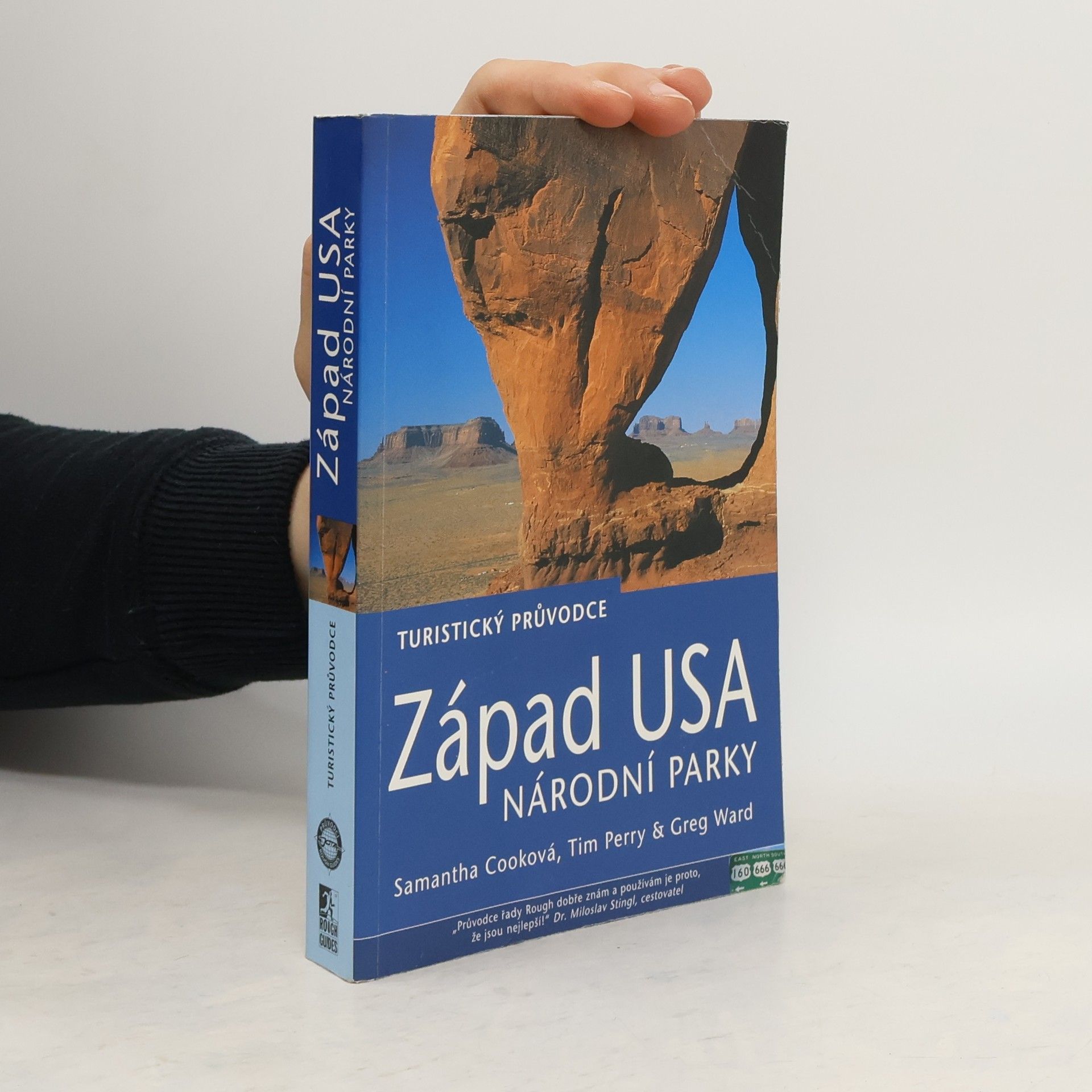Irsko
- 384 stránek
- 14 hodin čtení
Encyklopedický průvodce nové generace vám umožní maximálně využít pobyt - oceníte ho před cestou, během návštěvy i po návratu domů. Tabulky "Nenechte si ujít" vás upozorní na nejvýznamnější památky a zajímavosti. V "Nezbytných údajích" doplněných obrázky se dozvíte, jak používat místní měnu, hromadnou dopravu a telefony. Přehledné trojrozměrné mapky z ptačí perspektivy vám přiblíží čtvrti, ulice a budovy. Jedinečné průřezy a plány podlaží vám umožní nahlédnout do veřejných budov a památek - nepotřebujete žádné další průvodce. Vyčerpávající informace o zábavě: divadla, hudba, filmy, kluby a aktivity pro děti. Hotely, restaurace, kavárny a hospody ve všech cenových kategoriích. Vydání třetí, rozšířené.






